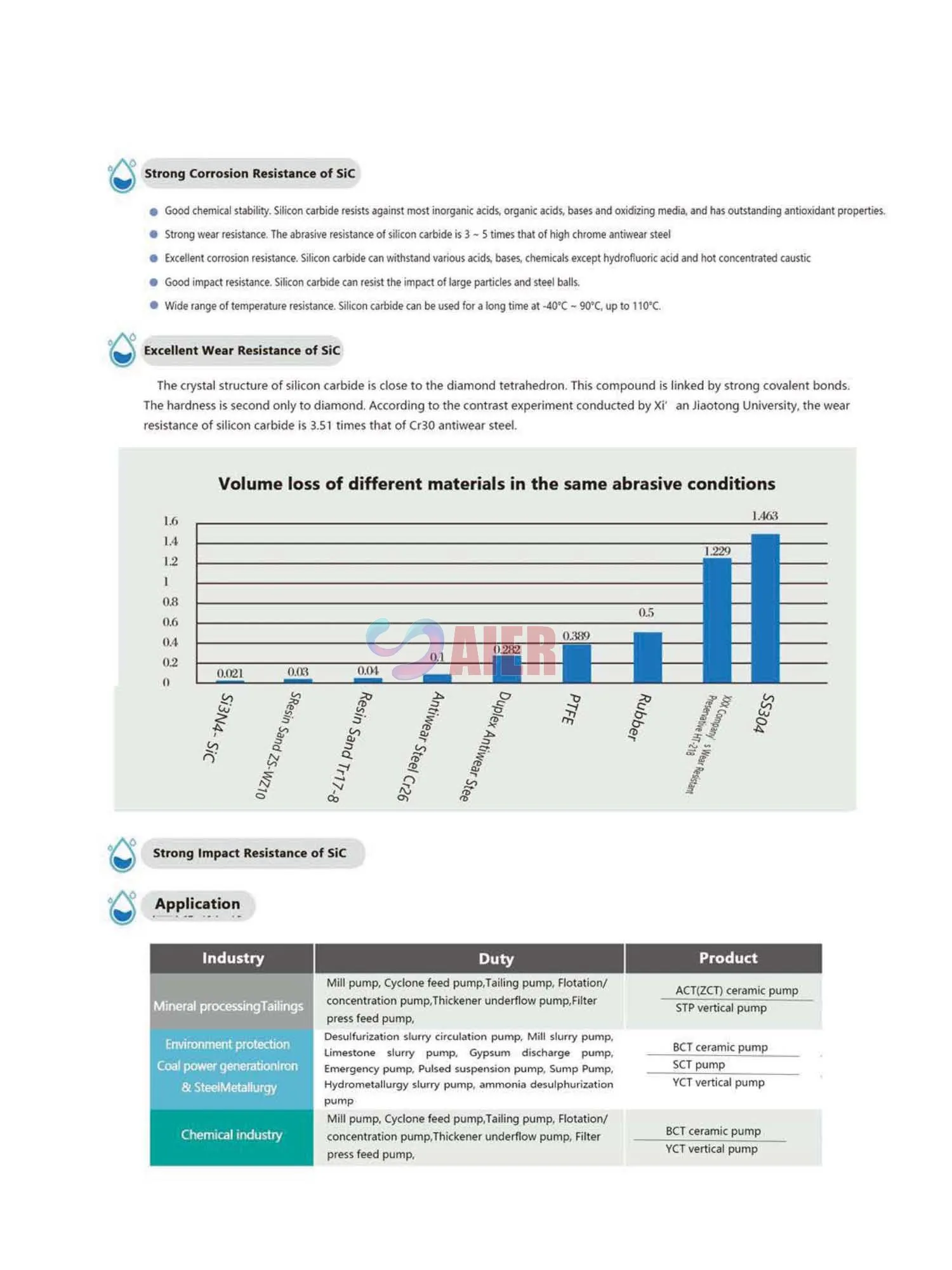Aug . 20, 2024 18:42 Back to list
Top-Quality Cutter Suction Dredge Pump Manufacturer with Advanced Technology
High-Quality Cutter Suction Dredge Pump Factory Leading the Way in Dredging Technology
In the world of dredging, the cutter suction dredge pump has emerged as a quintessential component for various marine and freshwater projects. These pumps are designed to efficiently remove sediment and debris from bodies of water, making them indispensable tools for construction, environmental restoration, and navigation channel maintenance. One of the key players in this industry is the high-quality cutter suction dredge pump factory, a hub of innovation and excellence in dredging technology.
Importance of Cutter Suction Dredge Pumps
Cutter suction dredge pumps play a critical role in the dredging process. By utilizing a rotating cutter head, these pumps can break up dense underwater material, which is then suctioned up and transported to designated disposal sites. Their ability to handle a wide variety of materials, including sand, silt, clay, and even gravel, makes them versatile for different applications such as river and coastal dredging, land reclamation, and mining operations.
The efficiency and effectiveness of these pumps depend significantly on their design and manufacturing quality. High-quality cutter suction dredge pump factories invest in advanced technology and skilled craftsmanship to produce pumps that meet rigorous industry standards. This ensures that the pumps are not only durable but also capable of performing optimally in challenging conditions.
Manufacturing Excellence
A high-quality cutter suction dredge pump factory focuses on several key factors during the manufacturing process. First and foremost is the selection of materials. The pumps are typically made from high-strength steel and resistant alloys to withstand abrasive materials and harsh environmental conditions. This choice of materials directly impacts the longevity and performance of the pumps.
high quality cutter suction dredge pump factory

Next, precision engineering comes into play. Advanced manufacturing processes, such as computer numerical control (CNC) machining, are employed to ensure that every component of the pump is manufactured to precise specifications. This level of precision is crucial, as even minor deviations can lead to inefficiencies and premature wear.
Quality control is another critical aspect of manufacturing. Each pump undergoes rigorous testing to ensure it meets performance standards before it leaves the factory. This includes testing for flow rates, pressure capabilities, and overall operational reliability. By maintaining high-quality assurance processes, the factory assures clients that they are investing in reliable and efficient dredging solutions.
Innovation and Development
To stay ahead in the competitive dredging market, high-quality cutter suction dredge pump factories continuously innovate. This includes researching new technologies, such as automated control systems and enhanced cutter designs, which improve operational efficiency and reduce maintenance needs. Additionally, factories may collaborate with industry experts and research institutions to develop environmentally friendly dredging solutions that minimize ecological impact while maximizing productivity.
One of the defining trends in recent years is the focus on sustainability. As environmental regulations become stricter, manufacturers are exploring ways to reduce the dredging footprint and improve the eco-friendliness of their equipment. This may involve designing pumps that consume less energy or minimizing the disturbance caused to aquatic ecosystems during dredging operations.
Conclusion
In conclusion, a high-quality cutter suction dredge pump factory represents the pinnacle of modern dredging technology. By prioritizing superior materials, precision manufacturing, rigorous quality control, and continuous innovation, these factories provide the industry with cutting-edge pumps that meet the evolving demands of dredging projects worldwide. As the need for effective sediment removal continues to grow, the importance of investing in high-quality dredging equipment cannot be overstated, making these factories crucial to the future of sustainable dredging practices.
-
China SP Slurry Pump Supplier – Vertical Sump Pump Rubber Lined Manufacturer & Factory
NewsJul.05,2025
-
High Quality Submersible Slurry Pump with Agitator Manufacturer & Factory Reliable Submersible Pump Solutions
NewsJul.05,2025
-
Cheap Dredge Pump for Sale – China Cheap Submersible Pump for Wastewater Supplier
NewsJul.05,2025
-
Wholesale Casting Dredge Pump Part - High Quality China Manufacturers & Suppliers
NewsJul.04,2025
-
High Quality Slurry Pump Seals Reliable China Suppliers & Manufacturers
NewsJun.24,2025
-
High Quality Portable Submersible Slurry Pump Supplier & Manufacturer from China
NewsJun.10,2025
